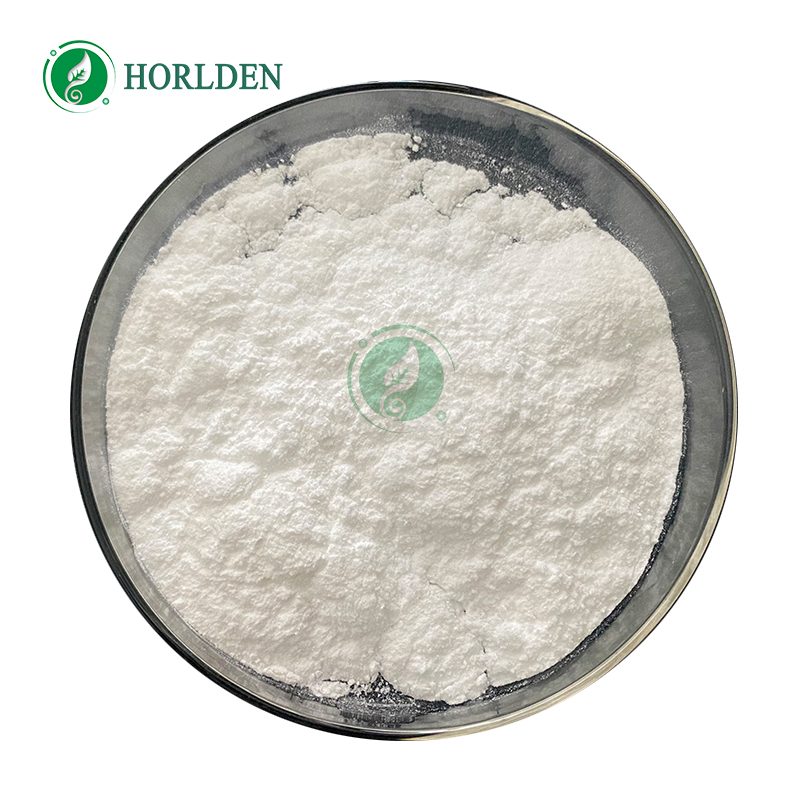-
Categories
-
Pharmaceutical Intermediates
-
Active Pharmaceutical Ingredients
-
Food Additives
- Industrial Coatings
- Agrochemicals
- Dyes and Pigments
- Surfactant
- Flavors and Fragrances
- Chemical Reagents
- Catalyst and Auxiliary
- Natural Products
- Inorganic Chemistry
-
Organic Chemistry
-
Biochemical Engineering
- Analytical Chemistry
-
Cosmetic Ingredient
- Water Treatment Chemical
-
Pharmaceutical Intermediates
Promotion
ECHEMI Mall
Wholesale
Weekly Price
Exhibition
News
-
Trade Service
Sitagliptin phosphate monohydrate is a widely used anti-diabetic drug that belongs to the class of drugs known as dipeptidyl peptidase-4 (DPP-4) inhibitors.
The production process of sitagliptin phosphate monohydrate involves several steps, including the synthesis of the raw materials, the formation of the active pharmaceutical ingredient (API), and the final formulation of the drug.
- Synthesis of raw materials:
The production of sitagliptin phosphate monohydrate begins with the synthesis of the raw materials required for the manufacturing process.
The two key starting materials used in the synthesis of sitagliptin phosphate monohydrate are L-alanine and L-aspartic acid.
These amino acids are synthesized using various chemical reactions, such as alkylation, amination, and condensation reactions.
- Synthesis of sitagliptin:
Once the raw materials are synthesized, the next step is to synthesize sitagliptin.
This is done through a series of chemical reactions that involve the protection and deprotection of functional groups.
The synthesis of sitagliptin involves several steps, including the formation of the amino acid derivative, the condensation reaction, and the cyclization reaction.
- Formation of the active pharmaceutical ingredient (API):
After the synthesis of sitagliptin, the next step is to form the API.
This is done by treating sitagliptin with various chemicals, such as hydrogen chloride, to create the phosphate salt of sitagliptin.
This process is known as salt formation and is used to increase the solubility and stability of the drug.
- Purification of the API:
After the formation of the API, the next step is to purify the drug.
This is done by using various chromatographic techniques, such as high-performance liquid chromatography (HPLC) and thin-layer chromatography (TLC).
These techniques are used to separate the API from any impurities that may be present.
- Formulation of the drug:
The final step in the production process of sitagliptin phosphate monohydrate is the formulation of the drug.
This involves mixing the purified API with various excipients, such as fillers, binders, and lubricants, to create a stable and effective dosage form.
Overall, the production process of sitagliptin phosphate monohydrate involves various chemical reactions and purification steps that are used to create a safe and effective anti-diabetic drug.
The process requires a high level of expertise and technology to ensure the quality and purity of the final product.







